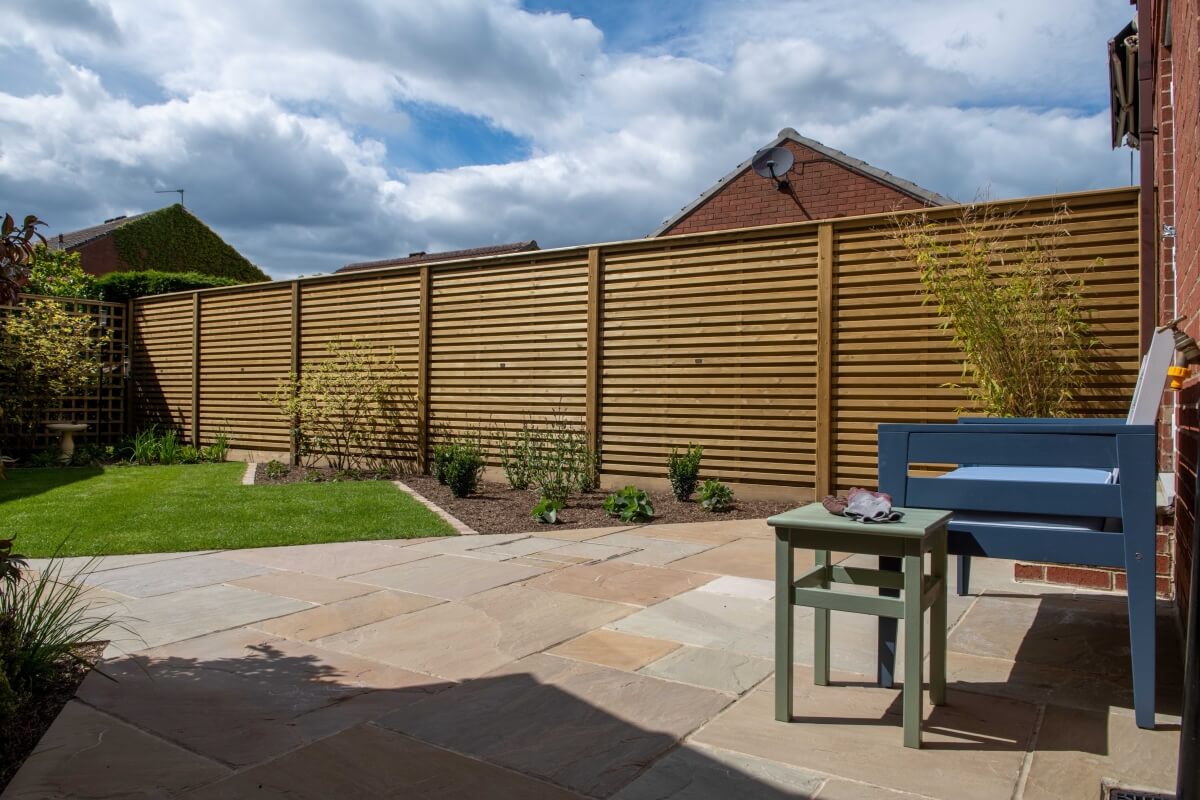Designing outdoor living spaces that are both functional and stylish can greatly enhance your enjoyment of your garden while also adding value to your home. Here are some tips to help you create an inviting outdoor landscaping space that meets your needs and reflects your personal style:
1. Define the Purpose
- Identify Functions: Determine how you want to use your outdoor space. Common uses include dining, entertaining, relaxing, gardening, or playing with children.
- Zoning: Create distinct areas for different activities, such as a dining area, lounging space, and play zone. This helps to organize the space and make it feel more cohesive.
2. Choose the Right Furniture
- Comfort and Style: Select outdoor furniture that is both comfortable and matches your aesthetic. Look for weather-resistant materials like aluminum, teak, or synthetic wicker.
- Size Appropriately: Choose furniture that fits the scale of your space. In smaller areas, opt for compact, multi-functional pieces like a bench with storage or a foldable dining set.
3. Incorporate a Functional Layout
- Flow and Accessibility: Design pathways and seating arrangements that promote easy movement throughout the space. Ensure that seating areas are accessible from the house and other zones.
- Orientation: Consider the sun’s position and wind direction when placing furniture and features. Position seating areas to take advantage of natural light while providing shade and shelter when needed.
4. Use Hardscaping for Structure
- Patios and Decks: Create a solid surface for dining and lounging by installing a patio or deck. Use materials like stone, pavers, or composite decking to enhance durability and aesthetics.
- Walkways: Define paths with stepping stones, gravel, or brick to connect different areas and create a cohesive look throughout the garden.
5. Add Greenery and Plants
- Layered Planting: Incorporate a mix of plants with varying heights, colors, and textures to create visual interest and a sense of depth.
- Container Gardens: Use pots and containers to introduce greenery in small spaces or to add color and life to patios and decks. Choose plants that thrive in your climate and sunlight conditions.
6. Create Shade and Shelter
- Pergolas and Gazebos: Install structures like pergolas or gazebos to provide shade and define outdoor rooms. These can also support climbing plants for added greenery.
- Umbrellas and Canopies: Use outdoor umbrellas or fabric canopies to provide flexible shade solutions for dining and lounging areas.
7. Incorporate Lighting
- Ambient Lighting: Use string lights, lanterns, or recessed lighting to create a warm and inviting atmosphere for evening gatherings.
- Task Lighting: Ensure adequate lighting for cooking and dining areas with fixtures that focus on specific tasks, such as overhead lights or spotlights.
- Pathway Lights: Install low-level lighting along walkways to enhance safety and guide guests through the garden at night.
8. Create a Focal Point
- Water Features: Consider adding a fountain, pond, or waterfall to serve as a stunning focal point that also provides soothing sounds.
- Art and Sculptures: Incorporate outdoor art, sculptures, or decorative garden stakes to create visual interest and express your personal style.
9. Plan for Privacy
- Hedges and Screens: Use tall shrubs, trellises, or decorative screens to create private nooks for relaxation or dining. Consider using bamboo or evergreen plants for year-round privacy.
- Vertical Gardens: Incorporate vertical planters or living walls to add greenery while providing a natural barrier between spaces.
10. Consider Outdoor Cooking
- Outdoor Kitchen: If you enjoy cooking outdoors, consider creating an outdoor kitchen with a grill, countertop, and sink. This can be as simple or elaborate as your space and budget allow.
- Dining Area: Position a dining table close to the kitchen area for easy access during meals. Choose weather-resistant materials for durability.
11. Incorporate Fire Features
- Fire Pits and Fireplaces: Add a fire pit or outdoor fireplace to create a cozy gathering spot for cool evenings. Consider options that allow for seating around the fire for added warmth and comfort.
- Safety and Design: Ensure fire features are safely designed and positioned away from flammable materials. Incorporate comfortable seating nearby to encourage gathering.
12. Sustainability Considerations
- Native Plants: Use native plants in your garden design to reduce water consumption and support local wildlife.
- Rainwater Harvesting: Install rain barrels to collect rainwater for irrigation, promoting sustainable practices in your outdoor space.
13. Personal Touches
- Decorative Accents: Incorporate decorative elements like cushions, rugs, and throws to add comfort and style to your outdoor furniture.
- Seasonal Decor: Change decor with the seasons to keep the space fresh and inviting. Consider adding seasonal plants, flowers, or holiday decorations.
By following these tips, you can create an outdoor living space that is functional, stylish, and enjoyable throughout the year. Thoughtful planning and attention to detail will ensure your garden becomes a cherished retreat for relaxation, entertainment, and family gatherings.
